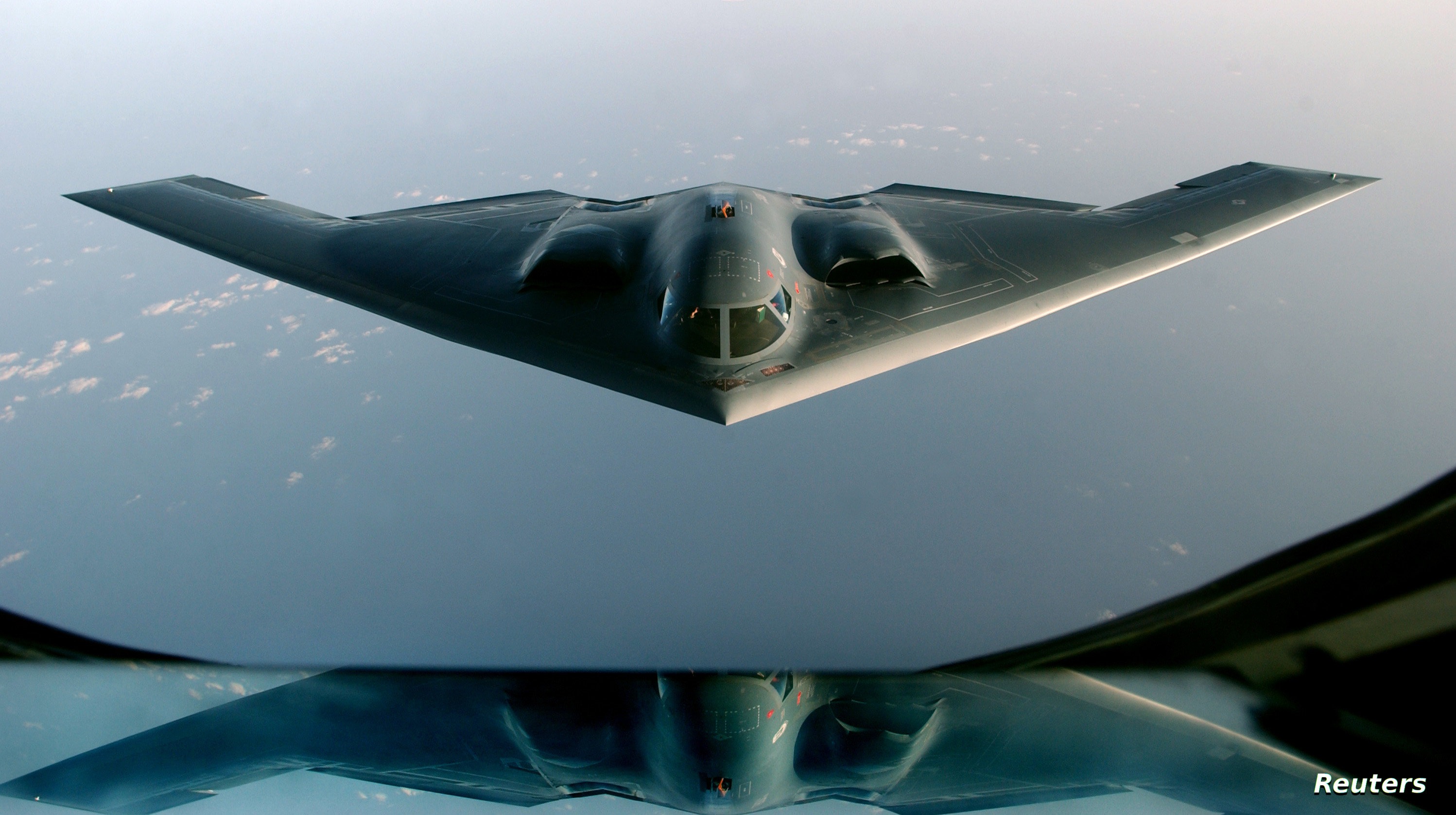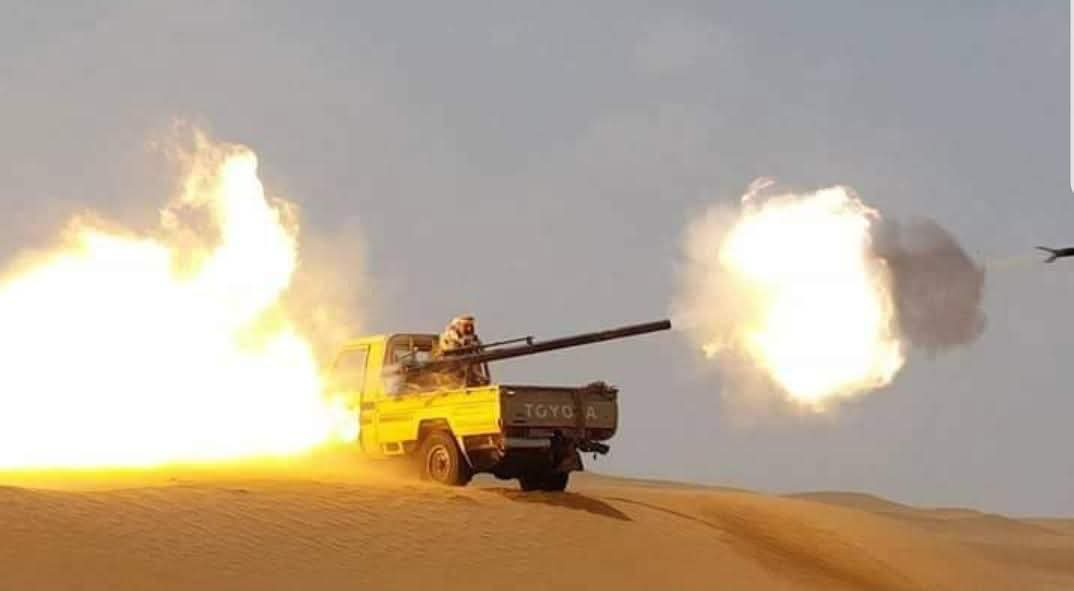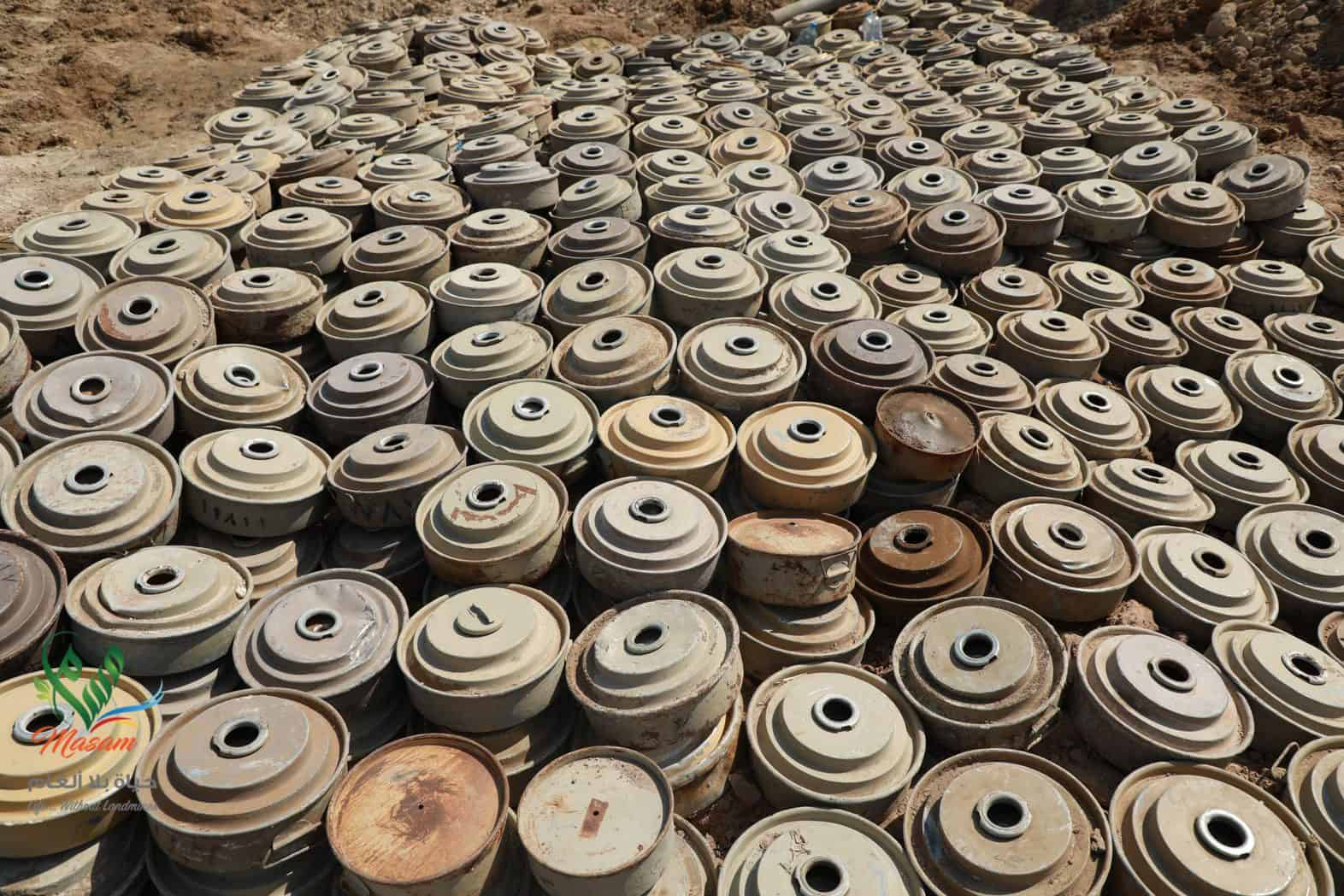
Barran Press
Washington, D.C. – A report from the Washington Institute for Near East Policy, released on November 22, 2024, outlines the recent deployment and use of U.S. B-2 and B-52 bombers in the Middle East, characterizing it as a warning to Iran amidst escalating regional tensions.
Authored by senior researcher Farzin Nadimi and U.S. Air Force Major James Shepherd, the report indicates that American forces utilized these bombers to strike five underground Houthi sites in Yemen. The B-2 Spirit bombers flew for over 30 hours to target locations in Sana’a and Saada, which were reportedly used for storing and assembling missiles and drones.
The report highlights that the Houthis had been preparing weapons in these caves to launch attacks against international shipping in the Red Sea and the Bab al-Mandab Strait. However, the strikes in Yemen represent only a piece of a broader, complex regional picture, including recent exchanges between Iran and Israel.
Notably, the Pentagon announced on November 1 the deployment of up to six B-52 bombers armed with cruise missiles in response to Iranian threats of retaliation following an October 26 attack. This deployment was part of a larger strategy that included the positioning of tactical fighter squadrons and missile defense destroyers in the region, coinciding with the USS Abraham Lincoln aircraft carrier's departure.
Defense Secretary Lloyd Austin described the B-2 strikes as "a unique demonstration of the U.S. ability to target facilities that our adversaries seek to keep out of reach, regardless of their depth underground." He emphasized that the use of long-range stealth bombers illustrates the U.S. global strike capabilities to act against such targets whenever necessary.
The report underscores the strategic importance of precision strikes against the Houthis, asserting that using B-2 bombers, valued at $2.2 billion, reflects Washington's strong commitment to countering threats to international security. The B-2's advanced stealth design allows it to penetrate heavily defended airspace and deliver precise strikes on fortified targets.
The B-2 bombers can carry a variety of precision-guided munitions, including the GBU-57A/B Massive Ordnance Penetrator, capable of penetrating 60 feet of reinforced concrete. The report notes that the bombers used in the Yemen mission targeted with GBU-31 bombs, deemed suitable for the unreinforced limestone and sandy caves utilized by the Houthis for arms storage.
The B-2s reportedly launched from Whiteman Air Force Base in Missouri, with a range of approximately 11,000 kilometers, requiring multiple mid-air refuelings to reach Yemen and return. The report asserts that the U.S. demonstrated its capability to deliver precise, destructive strikes against critical, fortified targets, underscoring its commitment to maintaining dominance in modern warfare.
Ultimately, the report emphasizes that the damage inflicted on enemy facilities is secondary to the message conveyed about U.S. capabilities in such scenarios, particularly to Iranian leaders, indicating that the B-2 can reach anywhere in Iran, including heavily contested airspace, and deliver effective payloads capable of penetrating bunkers.





